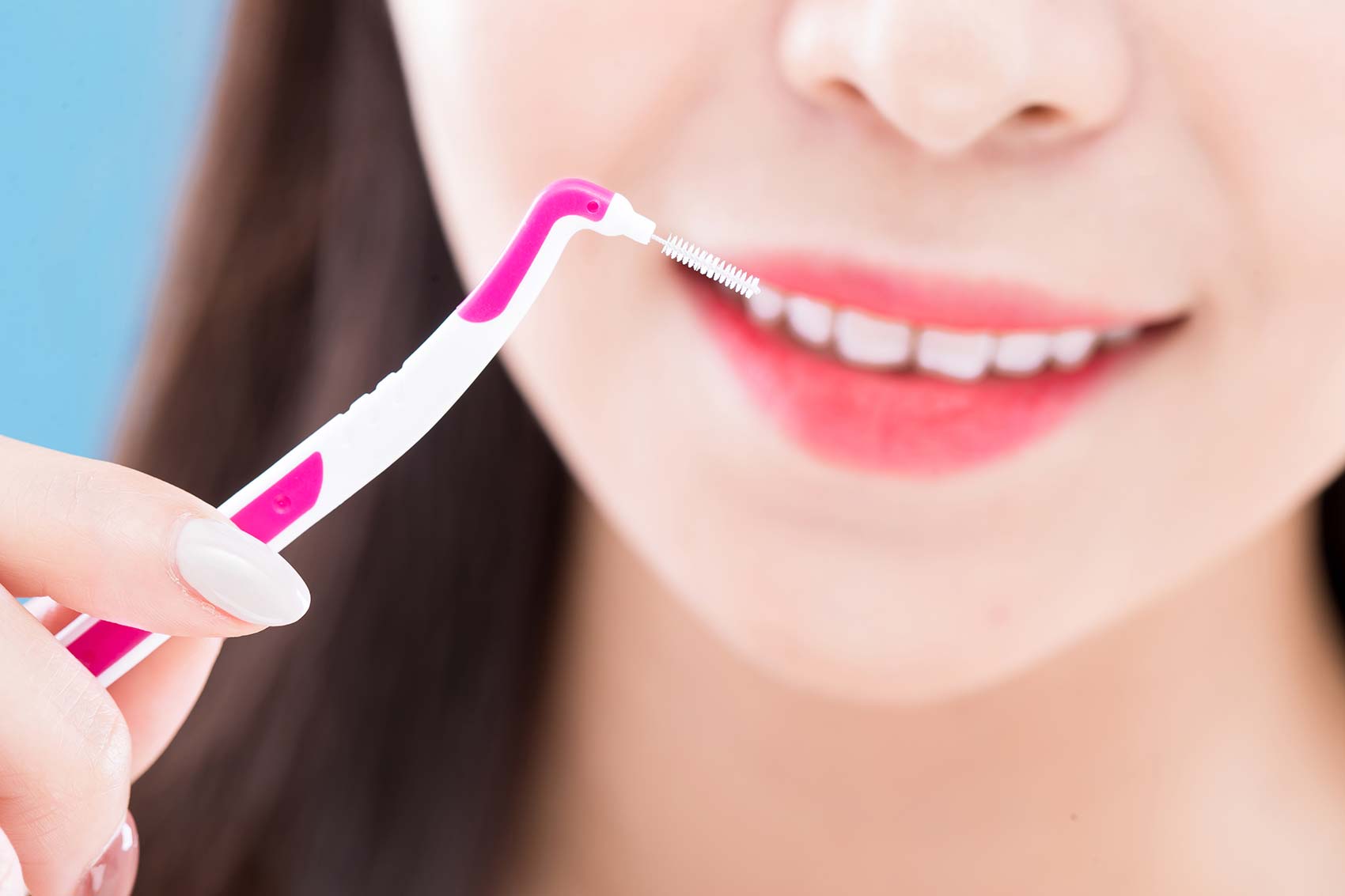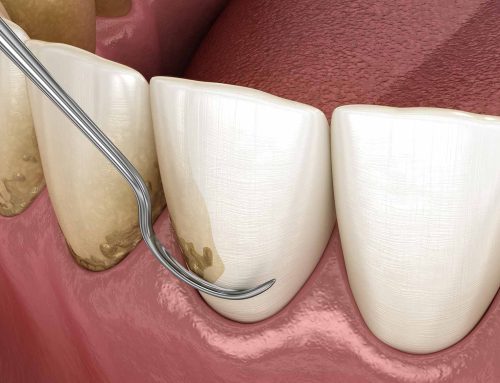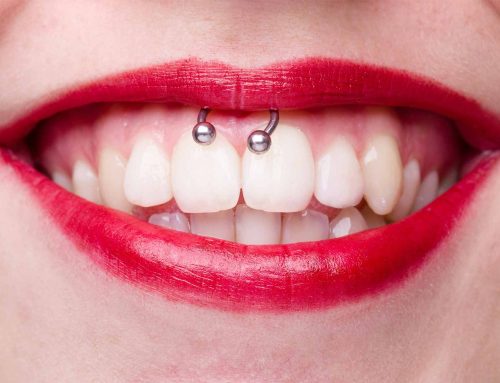With regard to dental implements, the toothbrush, toothpaste, dental floss and mouthwash are familiar to all of us, but this isn’t necessarily the case when it comes to interdental brushes. However, once you learn how useful and efficient they are, you might want to get one!
Available in different color-coded sizes, these brushes can reach areas that are inaccessible to a regular toothbrush in order to dislodge accumulated food and plaque. Consequently, they’re an excellent complement to brushing and can play a starring role in helping you maintain good oral health.
To choose the best type of interdental brush for your needs, it’s important to take the time to understand the advantages and the specifics of the different models on the market. Don’t hesitate to talk it over with your dentist, who can also give you helpful advice regarding how to use them properly.
Interdental brushes: why and how to use them
Did you know that a toothbrush, whether manual or electric, only covers about 60 percent of the surface of your teeth? In other words, it isn’t optimal for reaching the spaces between your teeth, which then become fertile ground for the proliferation of plaque bacteria. Therefore, it makes a lot of sense to use an interdental brush every day, as it can significantly reduce the risks of periodontitis.
Those who are susceptible to periodontitis aren’t the only ones who will appreciate the benefits of an interdental brush. These brushes are also recommendable for people who are prone to loose teeth, as well as people with braces, dental implants or crowns. In general, you have every reason to include an interdental brush in your oral hygiene routine in order to prevent the onset of cavities. Especially since these brushes are extremely easy to use!
How to use an interdental brush properly
After each brushing, insert the interdental brush in the spaces between the teeth and move it gently back and forth. Don’t forget about the back teeth! When used correctly, the brush should scrub without floating or forcing.
There may be a slight amount of bleeding, especially at first. However, this is nothing to worry about, as it’s a normal result of the inflammation caused by plaque. After a few cleanings, the problem should go away by itself.
Once you’re finished, all you need to do is thoroughly rinse off the brush under running water and replace the provided cap in order to protect the brush and prevent any contamination. For optimum hygiene, you should change the brush regularly, approximately every week or whenever you notice the bristles starting to show signs of wear.
To get the most out of using an interdental brush and to prevent injuries to your gums, only work it back and forth between the teeth one or two times and be gentle! If it causes a lot of bleeding, you can alternate it with dental floss until your gums become acclimated. However, it the problem persists, contact your dentist. Finally, if the brush becomes deformed, change it right away, even if it’s relatively new, as it could damage your teeth if you continue using it.
Of course, for the brush to be effective, you have to choose a model that’s suited to your needs. What parameters should you consider?
Choosing an interdental brush
Let’s start with the size. You’ll find brushes ranging from 0.6 mm to 6 mm in diameter. A brush that’s too thin will be ineffective, while a brush that’s too thick can injure the gums or cause trauma to the teeth. A discussion with your dentist will help you quickly determine which model of brush is best for you.
You can also ask your dentist to measure the spaces between your teeth to help you choose the right size. If your appointment won’t be for some time and you want to start using an interdental brush right away, it’s best to start with a thin one. You can always move up to a thicker one later, if necessary.
The bristles should always be synthetic. They can be conical, which makes them particularly suitable for people with implants or orthodontic appliances. They can also be straight or cylindrical, making them perfect for reaching the spaces between the molars. For the smaller spaces, you should opt for thin bristles, and for very small spaces, ultra-thin bristles will be the most appropriate choice.
Besides these basic features, there are a number of options that may interest you, although they are mostly a matter of personal preference. You’ll find models with tilting heads, models impregnated with an antibacterial solution and models with colored bristles, which make plaque easier to detect. Pay attention to the design and flexibility of the handle so that you’ll have better control of the brush and avoid damaging your gums and teeth. In terms of practicality, you should be aware that flexible brushes are particularly suited to people with gum problems or heightened sensitivity. You should also know that flexible brushes are disposable, while non-flexible brushes are reusable.
Now you understand why an interdental brush is well worth considering, as it can complement the joint actions of your toothbrush, dental floss and mouthwash. However, even though it seems like a versatile tool that everyone should use, you should still keep an eye on how often and how much your gums bleed when you use it. If there’s excessive or regular bleeding, you should make an appointment with your dentist, who may recommend that you stick with dental floss, instead.
Do you need advice to improve your oral hygiene routine?
You can count on the specialists at Clinique Dentaire Charles Trottier, who will listen to you and guide you toward the best methods for ensuring healthy gums and teeth. Don’t hesitate to contact them so you can start adopting good habits today!
Sources:
Y-Brush. How to choose and use interdental brushes? 2021.
Pharma GDD. Brossettes interdentaires : comment et pourquoi les utiliser? [Interdental brushes: how and why to use them]. 2021.
Atida Santédiscount. Pourquoi opter pour la brossette interdentaire? Comment l’utiliser? [Why opt for an interdental brush? How do you use one?]





